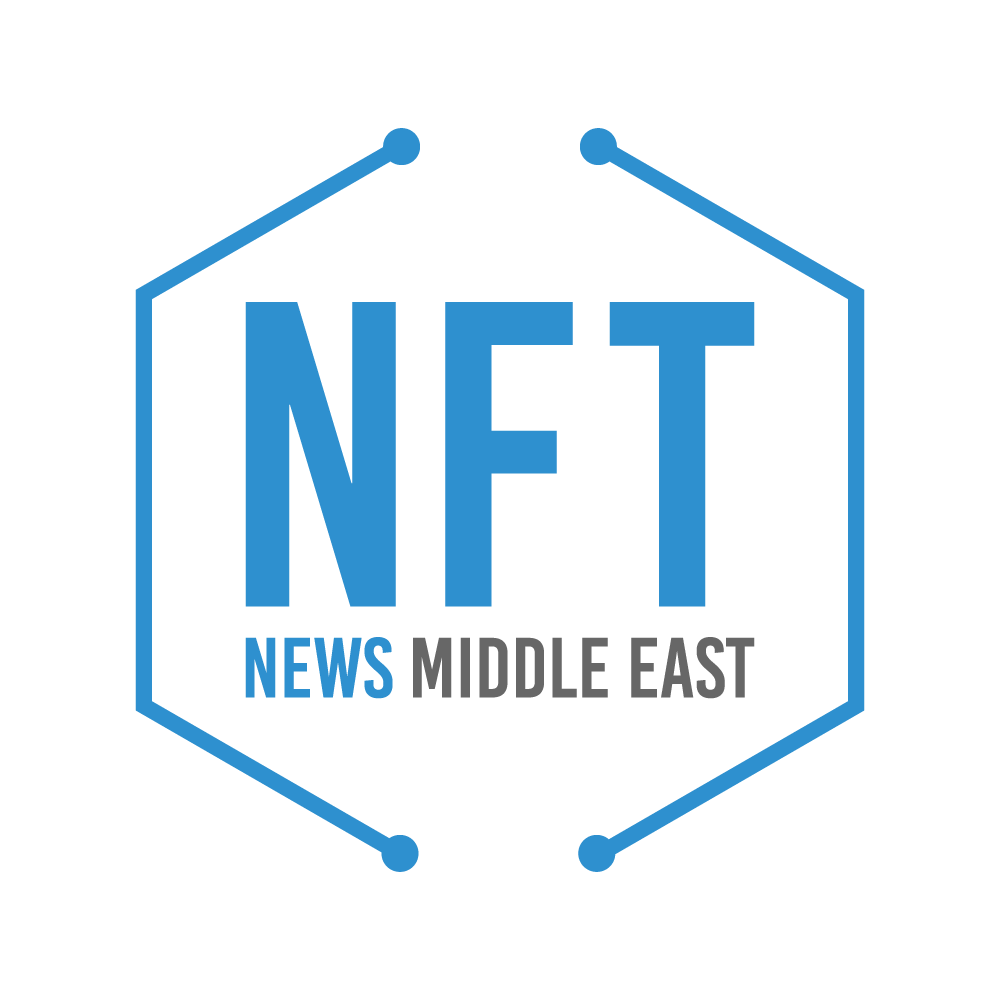Last Updated on January 9, 2024 by admin
Commonly associated with the Ethereum blockchain, non-fungible tokens have a history that goes way back. In this article, we discuss the origin of NFTs.
How Did NFT Start – History
Colored Coins
Colored coins were introduced in a paper published by Menl Rosenfeld in December 2012. They were built on the Bitcoin blockchain and were similar to regular tokens. However, unlike other Bitcoin, they were representations of real-world assets which could be used as proof of ownership of those assets. Unfortunately, the idea declined in prominence because the Bitcoin infrastructure was still too basic to support such functions.
Quantum
Following this brief start, in 2014, Kevin McCoy created Quantum. This art is a pixelated octagon with hypnotically evolving lights. The work later went on to be sold for $1.4 million at a Sotheby auction. Afterwards, between 2014-2016, Bitcoin would go on to witness experimentation on its platform. This openness gave rise to Counterparty, a platform where people could create digital assets.
Counterparty
The counterparty project was decentralized, meaning people could create their own items for trading. Counterparty was also built to serve a variety of prospects which included the issuance of memes. The platform later partnered with Spells of Genesis, who introduced an in-game currency called BitCrystals and issued assets for games.
Later, Counterparty teamed up with Force of Will, a trading card game they sited on the blockchain. 2016 would usher a new dynamic in the blockchain world, with the creation of the popular Rare Pepes meme. The Rare Pepes auction by Jason Rosenstein and Louis Parker set the stage for a new realization that digital art possess intrinsic value.
Cryptopunks
Cryptopunks quickly followed the meme explosion in 2017. This project was created by Matt Hall and John Watkinson, who founded Larvalabs. It involved 10,000 designs of punks, none similar to another. But this time, the Cryptopunks project was sited on the Ethereum blockchain. It has been explained to be a mix of ERC-20 and ERC-721 standards. While the former is also designed to allow communication between crypto, ERC-721 is better suited for tracking assets.
CryptoKitties
Subsequently, CryptoKitties was introduced. The project was a blockchain-oriented game which allowed users to breed and sell virtual cats. It saw massive adoption and made international media. The creators, Axiom Zen, also received funding from major investors due to the project’s popularity. Axiom Zen has since evolved CryptoKitties into Dapper Labs.
Non-fungible tokens have since become a multi-million dollar sector, with new opportunities showing up by the day. Since the explosion of CryptoKitties and other projects, more people have realized the potentials that NFTs hold. Not only this, projects such as Cardano, Tezos, and Solana have tapped into the market with their own tokens as well. Even more is the metaverse which promises a lot more in the ecosystem. For instance, brands have begun creating tokenized versions of their products, recognizing that avatars in the metaverse will need materials like people in the real world. Innovators are also flipping into this exciting realm to explore the multiple potentials of decentralization.
But even as these continue, critics regard the idea as a bubble waiting to burst.

